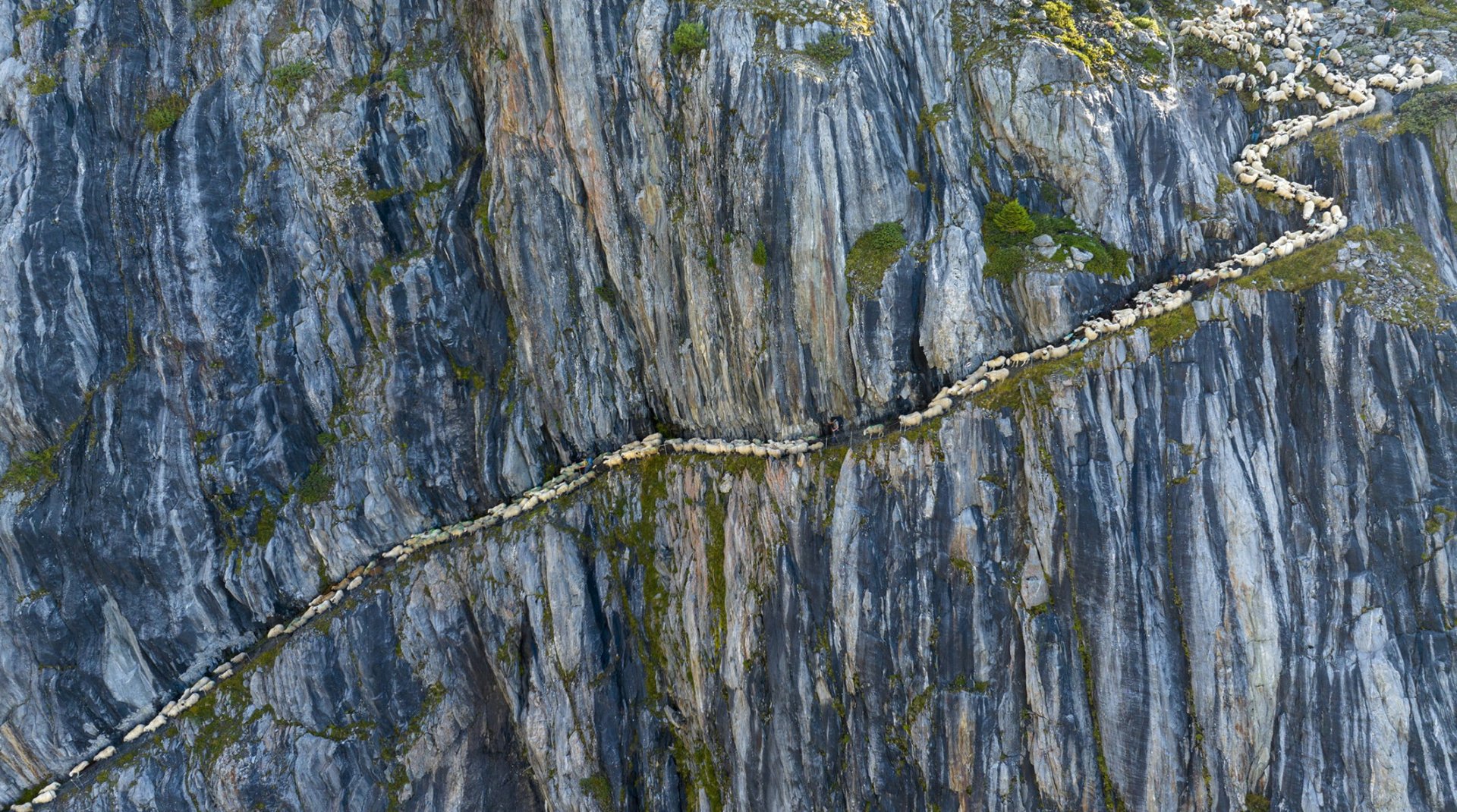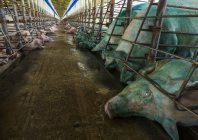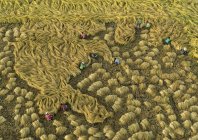Login or register for free to continue browsing
Access all this year’s exclusive online content

Feed the Planet
George Steinmetz
Since the domestication of plants began some 11,000 years ago, humans have converted 40% of the Earth’s landmass into farmland. In our oceans, over 90% of the large fish populations have disappeared since the 1950s due to overfishing, and in our skies, food production is responsible for 30% of global greenhouse gas emissions. Meeting the ever-expanding food demands of humanity has become one of the greatest environmental challenges of our time. With the global population expected to reach 9.7 billion by the year 2050, combined with the rising standard of living in rapidly developing nations, it is estimated that we will have to double the global food supply over the next thirty years. How can we do that without wiping out the few wild places and creatures we have left? This project documents where our food comes from, how it is produced, and examines some of the ecological and ethical consequences of the current system.
Preview





